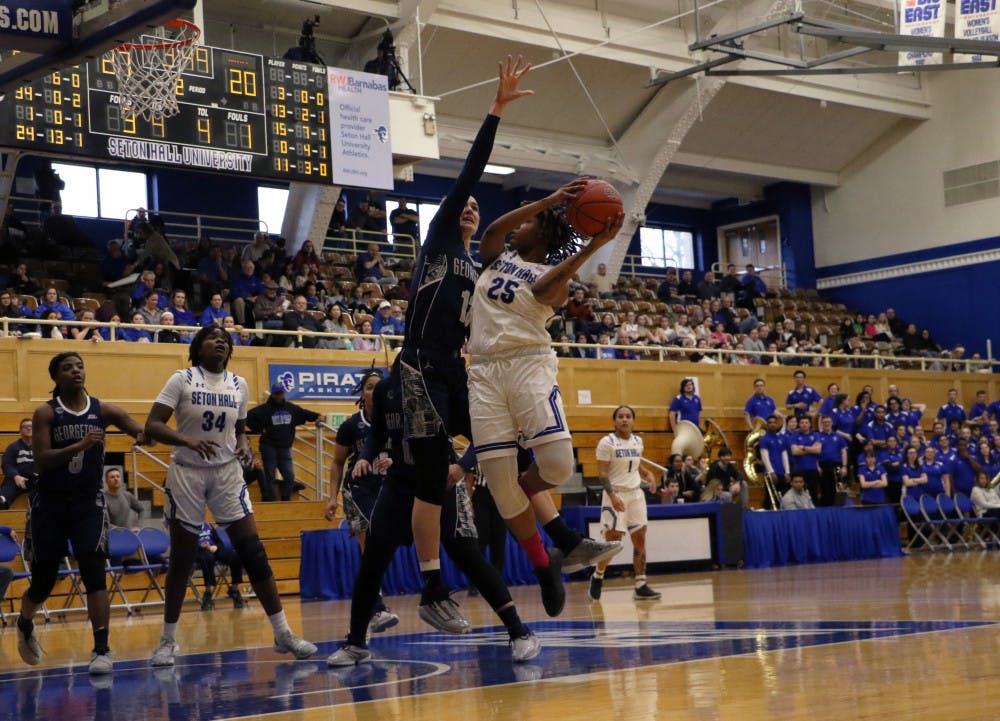Social and interactive media can help students to learn real-world skills safely and easily through the use of virtual worlds, according to a report on social and interactive media created by Seton Hall University faculty.
The report was led by Professor Anne Hewitt, director of graduate studies in the Master of Health care Administration program.
According to the report, which Hewitt wrote along with other instructors, there are different theories of learning, four of which focus on students being able to immerse themselves in the situation they are trying to learn about.
The theories also state students learn better when they experience the situations firsthand and have many opportunities for interaction and communication with others.
"The combination of these [theories] takes students to the next level of learning," Hewitt said.
Specifically, Hewitt said, the online virtual reality program Second Life "meets the requirements" that allow for interaction and real world stimulation.
Hewitt and Professor Jamesetta Halley-Boyce of the nursing department, received a Faculty Innovation Grant this past summer to develop a Second Life environment for students to use.
Second Life is a virtual world accessed through a website on any computer according to Kelly Shea, associate professor of English, in a separate interview for The Setonian.
"In Second Life, people can participate in classes, attend concerts, have conversations, and engage in other everyday and not-so-routine activities," Shea said.
According to a previous article in The Setonian, the Second Life experience will allow students in the health care administration program to practice and time patient flow systems, know how to triage and get patients seen by doctors.
"The virtual world can run multiple simulations of changing the systems," Hewitt said in the article.
"There is no downtime in a real hospital, so this is an advantage," Hewitt added.
While Hewitt said she and Halley-Boyce are still working on creating the Second Life program, Seton Hall does currently have an island on Second Life, according to Shea.
"There is a House of Seven Gables (from the Nathaniel Hawthorne novel of the same name), which Dr. Mary Balkun from the English department has set up with her gothic literature and women's literature students," Shea said.
Shea added there is also a salt marsh on the Seton Hall island created by a biology professor for environmental studies students.
"In these projects, students develop materials … that help them learn about the topics they are studying," Shea said. "It's a rich, interactive learning tool, and students also get hands-on experience with a leading-edge technology."
Caitlin Carroll can be reached at caitlin.carroll@student.shu.edu





